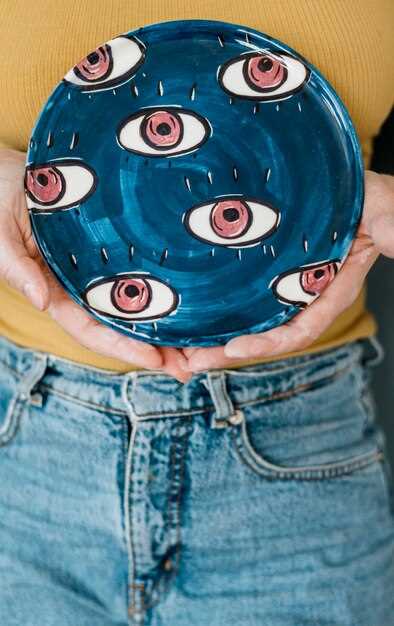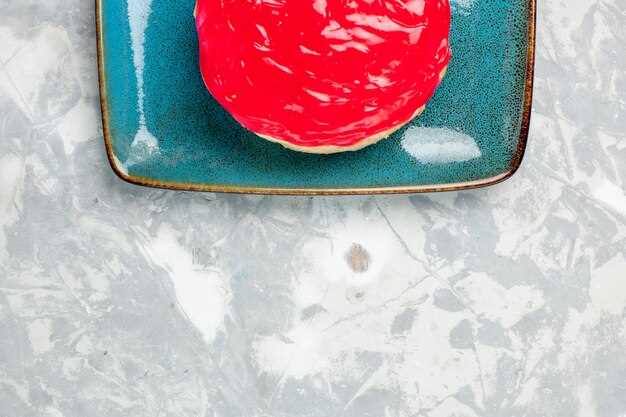
In an era where art and functionality intersect, plate designs inspired by pop culture icons offer a fascinating glimpse into how everyday items can reflect our favorite movies, music, and television shows. These unique creations not only serve as practical dining ware but also as collectible pieces that celebrate the very essence of pop culture. From vibrant illustrations of iconic characters to minimalist interpretations of cultural symbols, the possibilities are as diverse as the influences they draw from.
Designers are increasingly tapping into the nostalgia and emotional connections we have with pop culture, resulting in plates that spark joy and conversation at the dining table. Each piece tells a story, evoking memories of cherished moments and beloved entertainment. Whether it’s a whimsical plate featuring a famous superhero in action or elegant dishware incorporating quotes from classic films, there is a range of styles that cater to different tastes and preferences.
Moreover, these designs are not just about aesthetics; they often engage in a dialogue with the viewer, encouraging them to reflect on what these icons mean in our lives. Creative plate designs inspired by pop culture icons celebrate artistry while serving as a medium for self-expression, allowing collectors and enthusiasts alike to showcase their passions in a unique and stylish manner.
Choosing the Right Themes from Popular Movies and TV Shows

When designing creative plates, selecting an appropriate theme is crucial to resonate with the audience. Popular movies and TV shows provide a rich source of inspiration, given their characters, settings, and iconic visuals. Start by identifying the genre that appeals most to your target demographic, whether it’s action, romance, or science fiction. Each genre comes with distinct elements that can be highlighted in your designs.
Consider the cultural impact of different franchises. For instance, superhero films often feature bold colors and dynamic imagery, which can translate well onto plates. Characters like Spider-Man or Wonder Woman provide energetic visuals that can create a playful yet striking collection. On the other hand, fantasy series like “Game of Thrones” lend themselves to intricate details and a more dramatic aesthetic, allowing for elaborate designs that capture the essence of epic storytelling.
Additionally, think about the established fanbase of certain shows or films. Iconic series like “Friends” or “Stranger Things” can evoke nostalgia, which is a powerful sentiment in design. Utilizing recognizable quotes or symbols from these shows can enhance the emotional connection viewers have with the plates. Remember to balance originality with homage; while inspiration from a beloved series is beneficial, strive to bring your unique twist to the design to avoid mere duplication.
Don’t overlook the significance of color palettes and motifs in conveying the theme. For example, pastel shades and floral patterns could effectively represent the romantic undertones of a classic movie, while bold contrasts might better suit an action-packed franchise. Think about how these choices reflect not only the surface characteristics of the theme but also the underlying narratives present in the chosen films or shows.
Ultimately, choosing the right themes requires a thoughtful blend of personal style, cultural relevance, and aesthetic appeal. Look for themes that will not only attract attention but also build a deeper connection with fans of the original material, creating plates that are not just functional but also collectible pieces of art.
Techniques for Illustrating Iconic Characters and Symbols
When illustrating iconic characters and symbols, artists can employ various techniques to capture their essence effectively. Start with a strong foundation by researching the character’s background, personality traits, and visual style. Understanding the character’s history allows for authentic representation, ensuring that the illustration resonates with fans.
Begin the process with sketching, focusing on simple shapes and silhouettes. This approach helps in creating a recognizable form before adding details. Utilize reference images to ensure accuracy in proportions and features, especially when depicting complex costumes or accessories.
Emphasize key characteristics unique to each character. For instance, exaggerated expressions can enhance personality, while specific color palettes can evoke particular moods. Applying bold lines can enhance the overall impact, making characters stand out distinctly on any plate design.
Incorporate texture to add depth and dimension to the illustration. Techniques such as cross-hatching or stippling can provide a tactile quality, enriching the visual experience. Digital tools can streamline this process, allowing for layering and manipulation of textures effortlessly.
Color theory plays a crucial role in character illustration. Using complementary colors can enhance visual appeal, while monochromatic schemes can create a more sophisticated look. Experiment with gradients and shading techniques to create realistic lighting effects that highlight the character effectively.
Finalizing the design involves attention to composition. Balance elements on the plate, ensuring that the character or symbol is the focal point. Utilizing negative space creatively can enhance the overall presentation and draw attention to the illustrated subject.
Finally, consider the materials used for the plate design. Each medium can offer different outcomes, from matte finishes to glossy effects. Selecting the appropriate medium can influence the perception of the illustration, making it essential to align with the intended style and audience’s preferences.
Using Color Palettes That Reflect Pop Culture Trends

Color plays a significant role in establishing a connection between art and the audience. In the realm of plate design, choosing color palettes inspired by pop culture trends can elevate the artistic expression and offer a familiar resonance. By analyzing current trends in movies, music, and fashion, designers can create plates that not only look aesthetically pleasing but also evoke emotions tied to popular culture.
Modern Film and Television: Recent cinematic releases often dictate color preferences. For instance, the rise of vibrant, pastel colors in animated features has inspired designers to incorporate soft pinks, blues, and greens into their plate designs. These colors reflect the whimsical nature of these films and can create a sense of joy and nostalgia for viewers. Conversely, darker tones stemming from popular series can evoke a more somber and dramatic atmosphere.
Fashion Influences: Fashion trends are also pivotal in shaping color palettes. The resurgence of 90s and early 2000s fashion has brought back bold, saturated colors like electric blue, neon green, and hot pink. Designers can channel this nostalgia by incorporating these shades into their plate designs, appealing to both millennials and Gen Z consumers. Such vibrant designs can command attention and ignited conversation, making dining experiences memorable.
Music and Art Movements: The vibrant aesthetics of contemporary music genres, such as synth-pop and hip-hop, often feature striking contrasts and expressive color combinations. Designers can utilize these palettes–combining rich jewel tones with metallic accents–to reflect the energy and dynamism of these musical styles. This approach not only attracts music lovers but also promotes a deeper connection to the culture that inspires the design.
Seasonal Trends: Embracing the seasonal color trends influenced by cultural events, such as holidays or festivals, can add relevance to plate designs. For example, during festive seasons, integrating traditional colors like red and green, or gold and silver, can create a festive ambiance. Beyond the holidays, incorporating colors that mirror seasonal scenery–such as warm oranges and browns in autumn–can resonate with consumers’ emotional connections to time and place.
In conclusion, utilizing color palettes that reflect pop culture trends not only enhances the visual appeal of plate designs but also fosters a sense of connection with the audience. By staying attuned to evolving trends in film, fashion, music, and seasonal changes, designers can create plates that are not just functional but also serve as a canvas for cultural expression.
